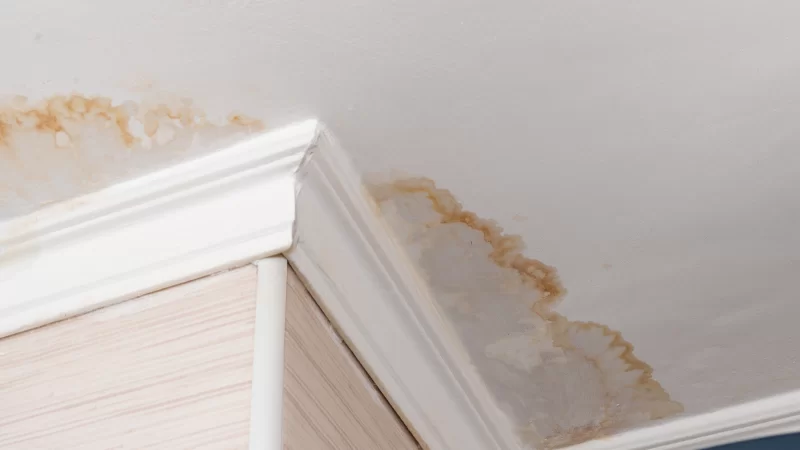Identify and repair moisture sources: Before addressing moisture problems in the walls, it is important to identify and fix the root cause, such as leaky pipes or water seepage.
Ventilation: Ensure good air circulation in the room, open windows or install ceiling fans to reduce humidity.
Air conditioning: Air conditioners not only help maintain a comfortable room temperature, but also reduce humidity in the air.
Dehumidifiers: These devices are useful for reducing humidity in the air in enclosed spaces.
Sealing windows and doors: If windows or doors are poorly sealed, moisture from outside can seep into the room. Make sure they are properly sealed to prevent moisture from entering.
Moisture-proof paints and sealants: Specific paints and sealants for damp walls can help prevent moisture buildup on walls.
Install exhaust fans: Exhaust fans are a good choice for bathrooms and kitchens, as they help remove moisture caused by cooking and bathing.
Use a portable dehumidifier: If moisture is a problem only in certain areas of the house, a portable dehumidifier can be a quick and effective solution.
Avoid wall buildup: Buildup of objects and furniture against walls can impede air circulation and increase moisture in the wall.
Proper maintenance: Keep the room clean and dry to avoid moisture buildup. Clean up any spills or water stains immediately and repair any moisture problems as soon as you detect them.

